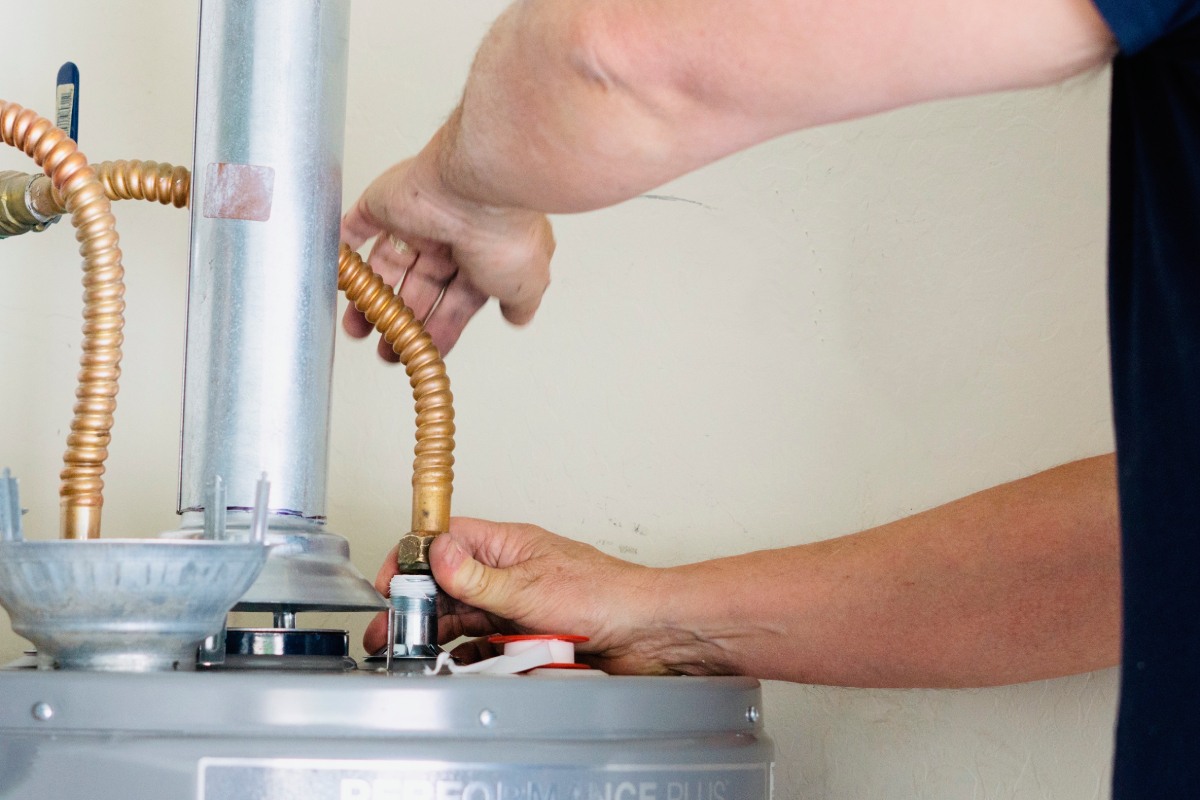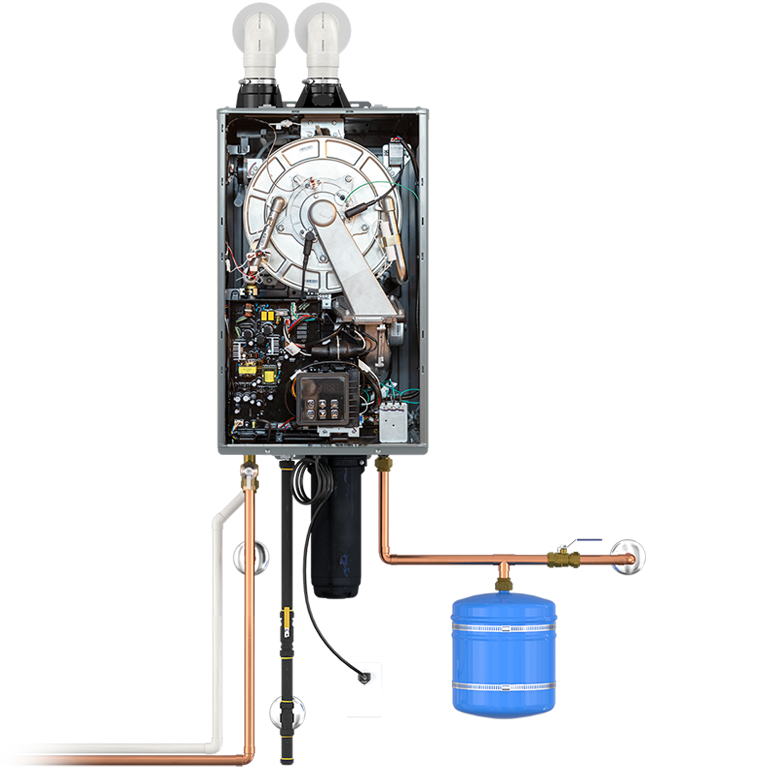The Ultimate Guide to Safe and Effective Hot Water Heater Setup
The installation of a water heater is a critical job that calls for meticulous interest to information and adherence to safety requirements. As we check out the important parts of a successful installation, it's essential to take into consideration the possible pitfalls that might emerge if not come close to with treatment.
Selecting the Right Hot Water Heater
When selecting a water heating system, homeowners must consider several critical variables to make sure optimum performance and effectiveness. The initial consideration is the type of hot water heater, which usually consists of tankless, tank, heatpump, and solar versions. Each type has its own advantages and disadvantages, impacting energy consumption, recovery rates, and setup demands.
Following, it is necessary to evaluate the size or ability of the water heating system. This relies on the household's warm water need, which can differ based upon the number of residents and their use patterns. A system that is as well little will certainly cause poor warm water supply, while a large device might squander power.
Power performance is another crucial element. Property owners must look for systems with high energy factor (EF) rankings, as these suggest better efficiency and lower operating expenses over time. In addition, the fuel source-- electricity, natural gas, or propane-- will certainly influence both installment costs and ongoing expenses.
Preparing for Installment
Proper prep work is critical for a successful water heating system setup, and there are several vital steps homeowners ought to adhere to. Analyze the installation location to guarantee it conforms with local structure codes and safety policies. This consists of checking for appropriate ventilation, clearance room, and access for maintenance.
Following, switch off the water system and electricity or gas to the existing hot water heater to avoid any kind of accidents during the installment process. Drain pipes the old unit entirely to avoid any type of spills, and separate it from the plumbing and source of power.
Additionally, gather appropriate documents such as warranties, installation manuals, and neighborhood pipes codes to guarantee conformity. This is also the moment to establish if any type of upgrades are required for plumbing or electric systems to suit the new system.
Last but not least, consider alerting your neighbors if the setup might cause disturbances, and make certain that pets and kids are avoided the workspace. By taking these primary steps, homeowners can help with a smoother installment procedure, decreasing prospective delays and problems.
Tools and Materials Needed
A well-organized toolkit is essential for a successful water heater installation. Having the right devices and products accessible not just enhances the process however also makes sure safety and compliance with regional codes.
First, collect standard hand tools, consisting of a monkey wrench, flexible wrench, screwdrivers (both flat and Phillips), pliers, and an utility knife. These will assist in removing old installations and safeguarding new connections. A drill with appropriate bits might be needed for installing and protecting the water heater.
Next, guarantee you have pipes materials such as Teflon tape, pipeline fittings, and versatile hose pipes for attaching water lines. For gas water heating units, a gas line adapter and a pipe joint substance are crucial. Think about likewise having a degree to ensure correct alignment.
Security equipment must not be neglected; handwear covers and safety goggles secure versus potential hazards. Finally, confirm the schedule of essential materials like a brand-new water heating system, expansion container (if required), and browse around this web-site any kind of additional insulation or airing vent components.
Step-by-Step Installation Process

Following, prepare the brand-new hot water heater by positioning it in the designated area, guaranteeing it is degree and stable. Connect the chilly water supply line to the inlet and the warm water line to the electrical outlet, utilizing proper fittings. For gas heaters, make certain the gas line is appropriately linked which all fittings are protected.
As soon as the pipes connections are established, link the power supply. For electrical heaters, this includes wiring the unit to the electric panel, following regional codes. For gas units, make certain to set up an airing vent system that satisfies security requirements.

Safety Tips and Best Practices
Making sure safety throughout hot water heater installation is paramount to stop accidents and ensure a smooth operation. First and foremost, switch off the power supply or gas line to the existing unit before starting any job. This will certainly alleviate the threat of electric shock or gas leaks. Furthermore, it is vital to use ideal personal protective tools (PPE), such as handwear covers and security goggles, to safeguard versus potential hazards.
Before setup, inspect the location for any signs of water damage, mold and mildew, or structural issues that may present risks throughout or after the installment procedure. Ensure that the installment adheres to regional building regulations and producer guidelines to avoid future obligations. water heater installation. It is advisable to have a fire extinguisher nearby, specifically when collaborating with gas units
Throughout the setup, preserve appropriate air flow to avoid gas build-up. Take into consideration hiring an accredited expert to make certain the task is finished securely and successfully if the job appears frustrating. Finally, after installment, test the system thoroughly to verify correct operation, inspecting for leakages or uncommon sounds. By sticking to these safety and security tips and best practices, you can guarantee a successful water heater setup.
Verdict
To conclude, successful installation of a hot water heater calls for thorough preparation and adherence to safety procedures. Compliance with local codes, correct prep work of the installment site, and using proper tools and products are important for making certain a reliable process. Applying security pointers and ideal methods shields both the installer and the home. For those doing not have experience, getting the services of a certified expert is suggested to ensure optimum safety and security and functionality of the water home heating system.
Make certain the water supply is turned off and the existing water heating unit is disconnected. Attach the cool water supply line to the inlet and the hot water line to the outlet, utilizing ideal fittings.Making sure safety and security during water heater installment is paramount to stop crashes and make certain a smooth operation.Before installment, evaluate the location for any kind of indications of water damage, mold and mildew, or architectural problems that might position dangers throughout or after the installment process. By sticking to these security tips and best practices, you can make sure a successful water heating system setup.